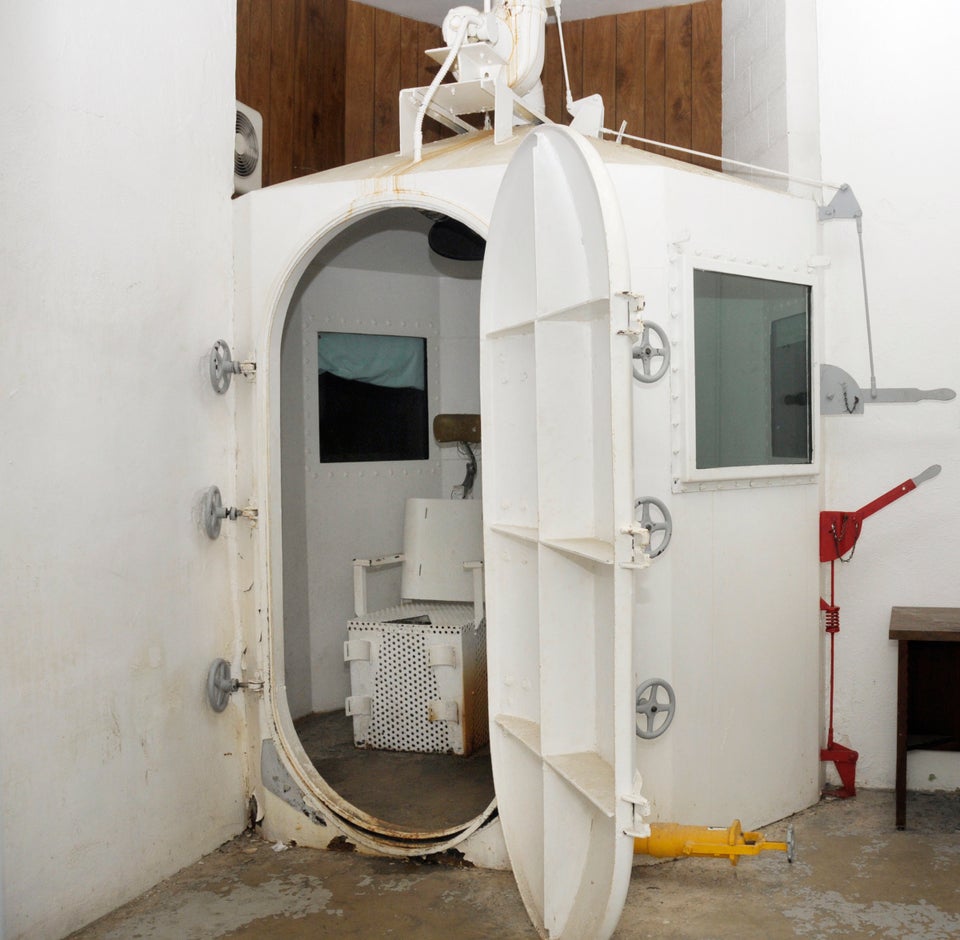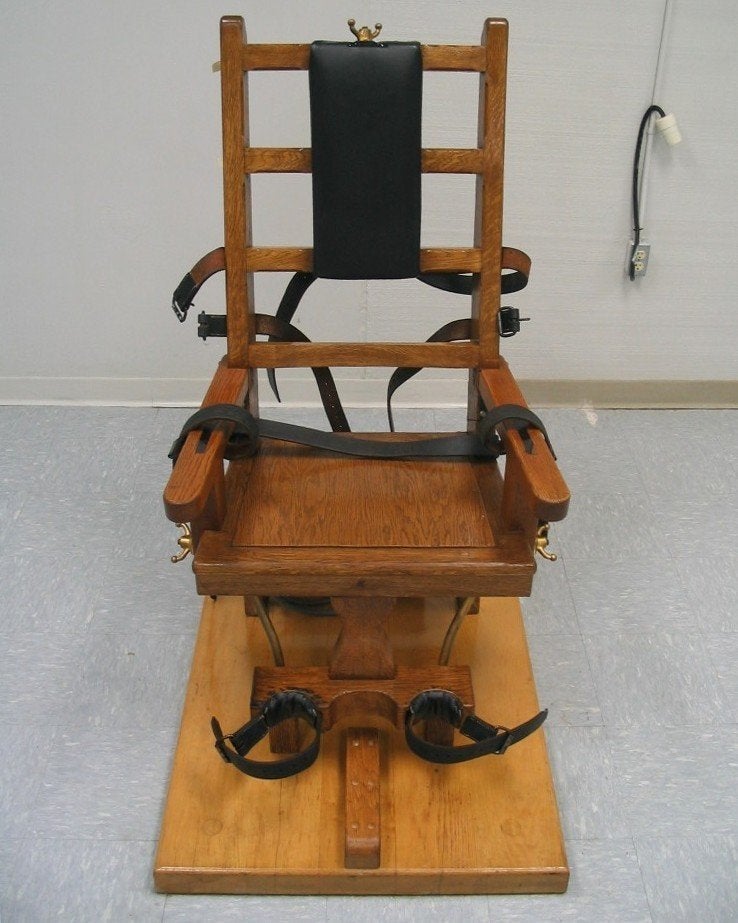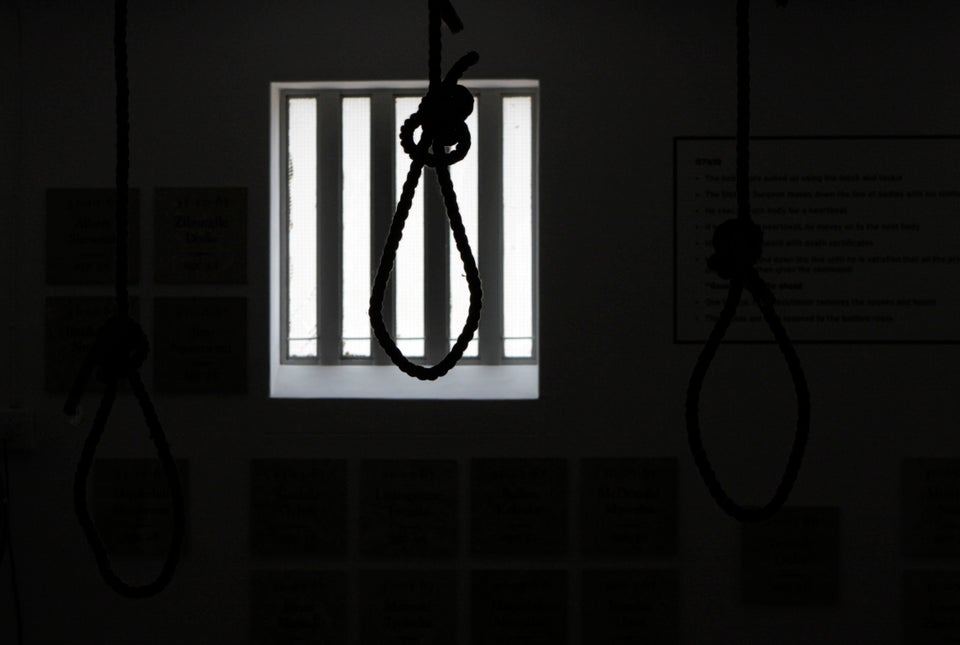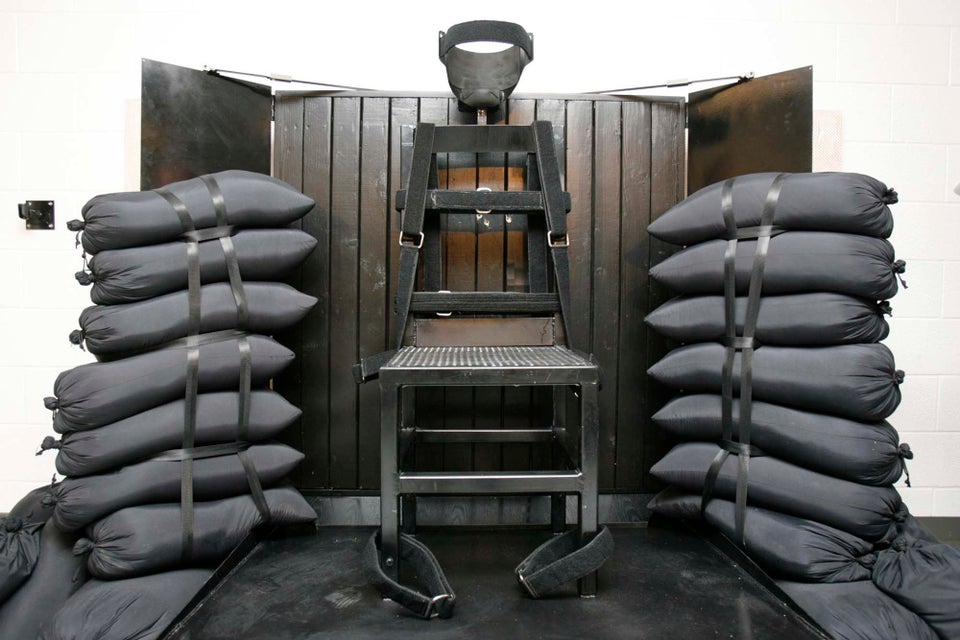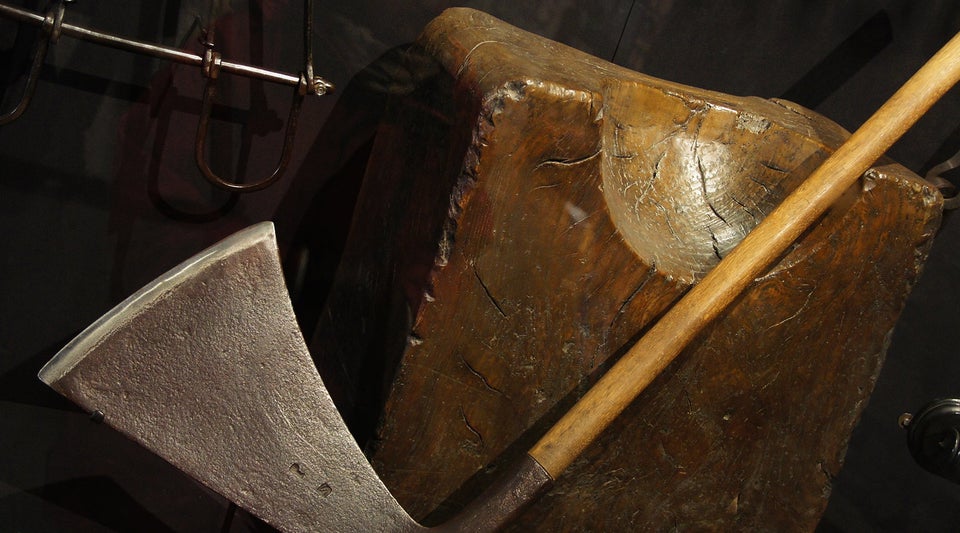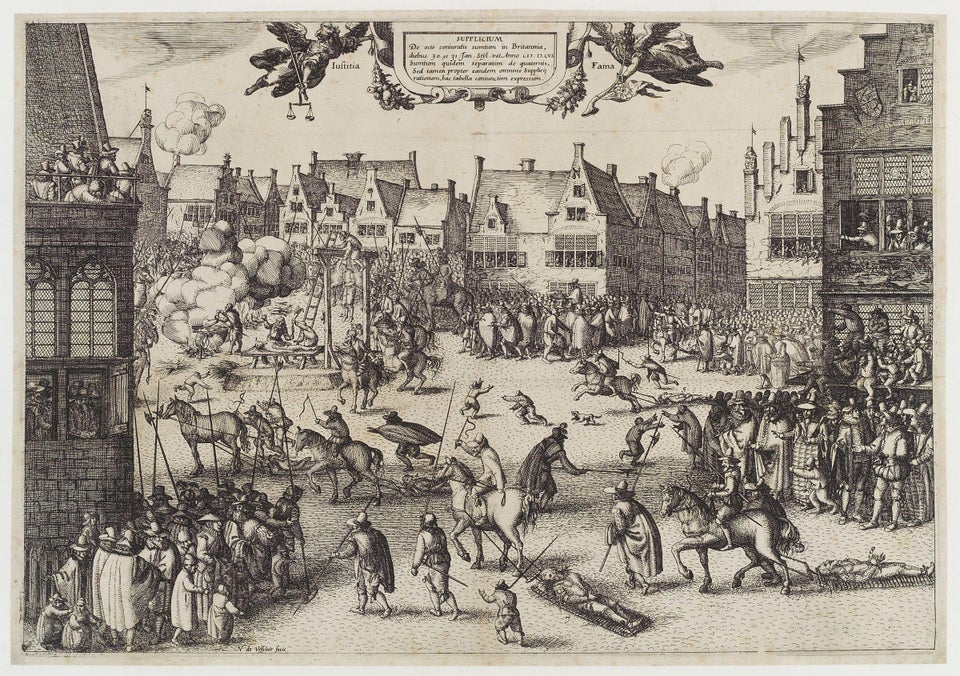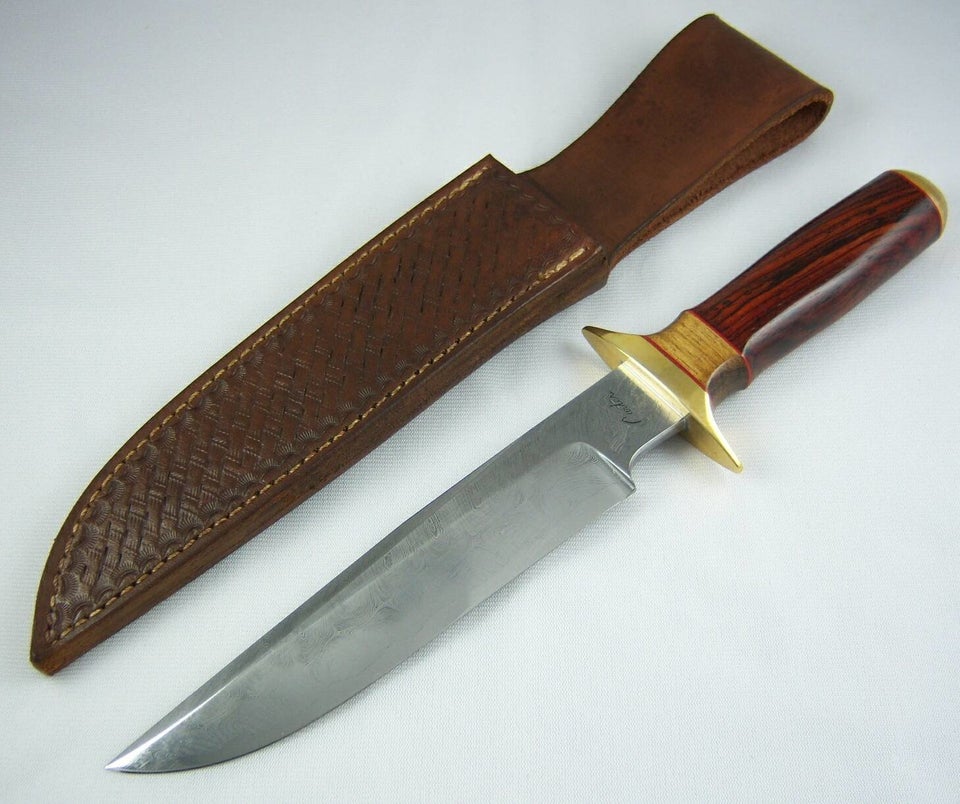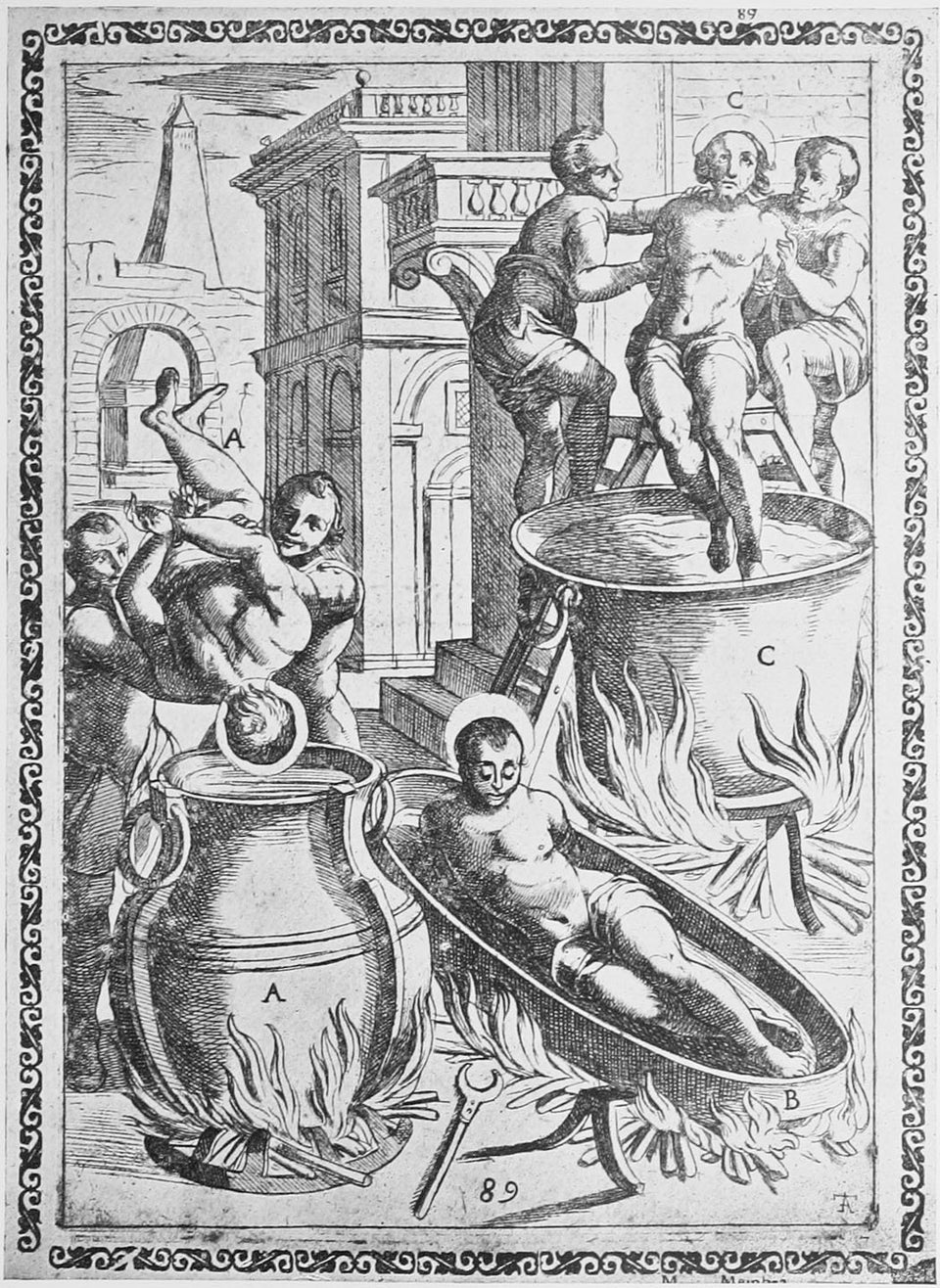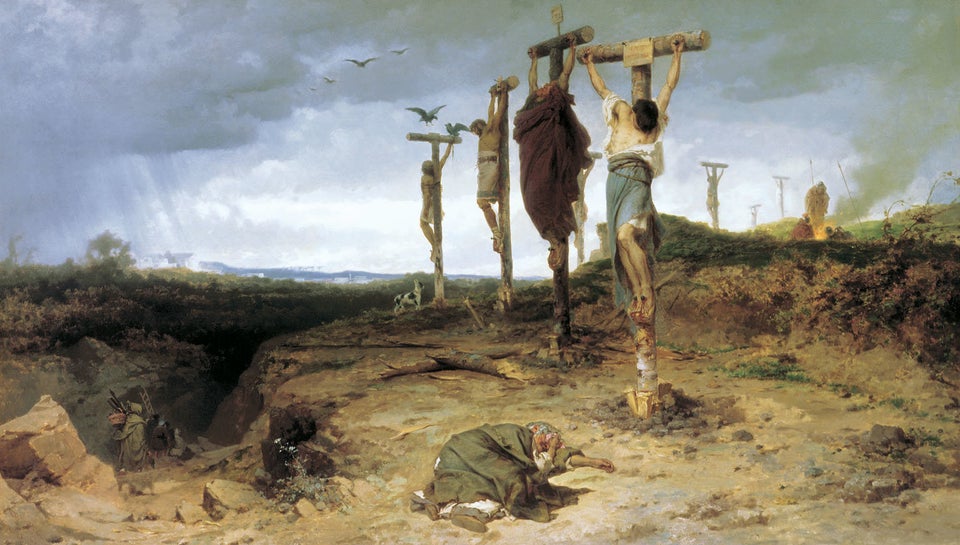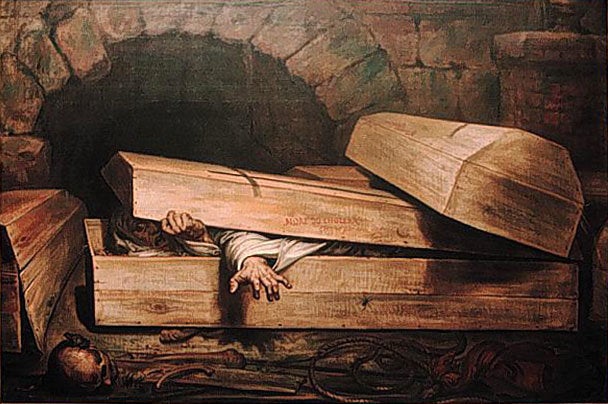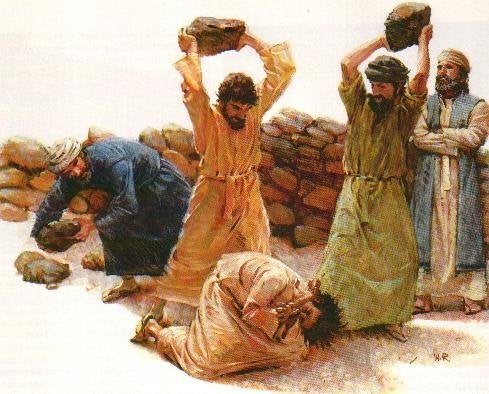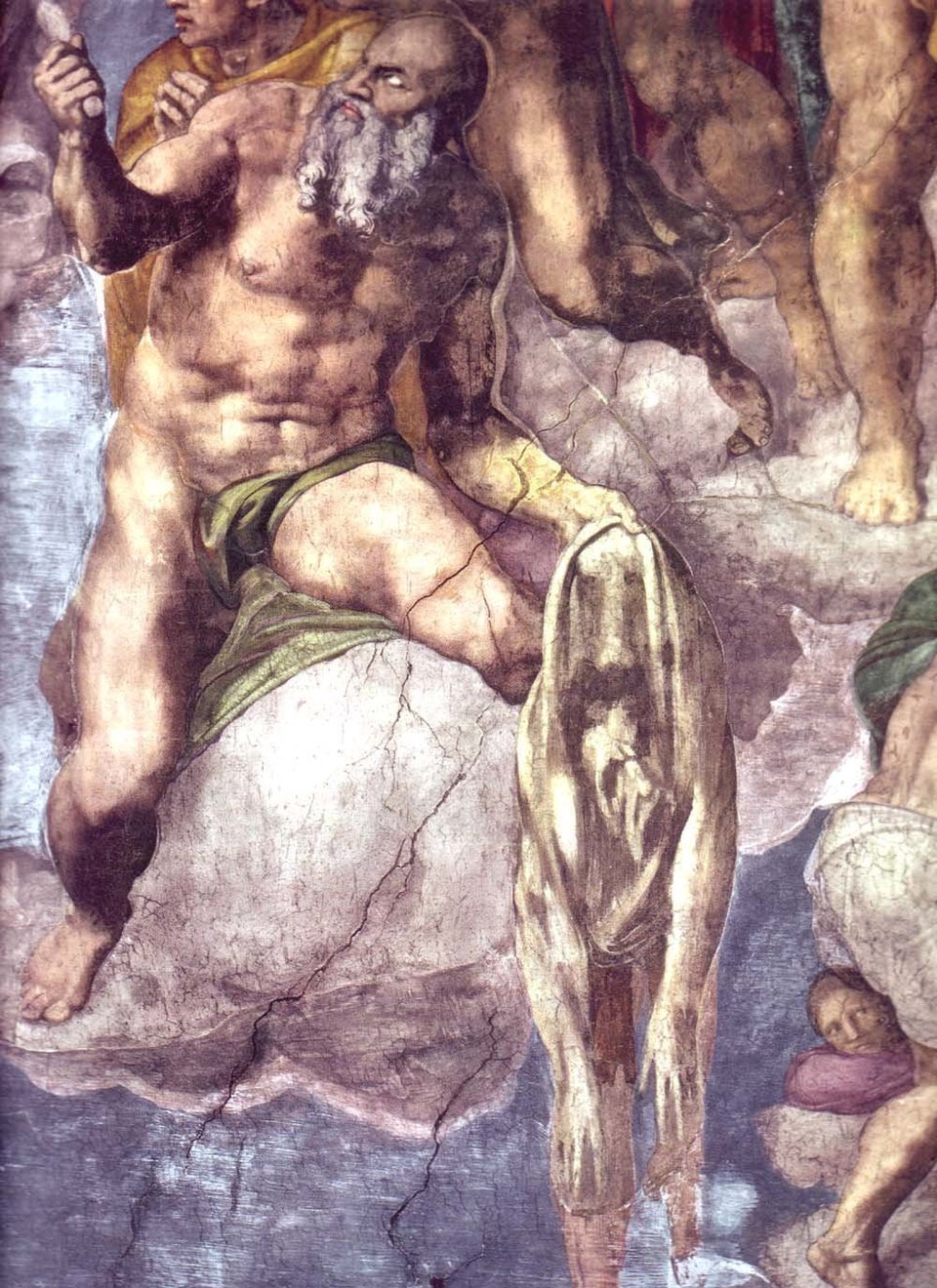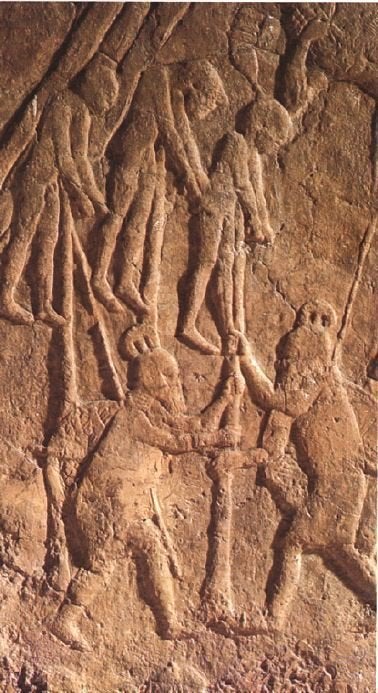NEW YORK, June 21 (Reuters) - Charleston's chief prosecutor has yet to decide whether to seek the death penalty for the man accused of murdering nine African-Americans at a landmark church, but South Carolina is a state with a history of embracing capital punishment.
South Carolina has an execution rate of 8.3 per every 10,000 people, the seventh highest in the country, according to Death Penalty Resource and Defense Center, a group that opposes capital punishment.
Since 1979, 180 people have been sent to death row, the center says, and a total of 43 prisoners have been put to death in the four decades since capital punishment was reinstated in the Palmetto State.
"This is a state that has the death penalty and it imposes it," said Miller Shealy, a former South Carolina Assistant State Attorney General.
Dylann Roof, a 21-year-old white man, is accused of gunning down the nine victims during a Bible study class at Charleston's Emanuel African Methodist Episcopal Church. It was a premeditated shooting, prosecutors say, and it shocked the nation in its apparent callousness and the racist motivations that may lie behind the attack.
The intense publicity could galvanize public support for executing the suspect if he is convicted, just as it did in the case of Dzhokhar Tsarnaev, the man convicted in the Boston Marathon bombing, some officials say.
"This is our Boston bomber," said Shealy, who now works as a professor at Charleston School of Law.
Prosecutor Scarlett Wilson will likely spend months building her case, considering evidence and psychological evaluations of the suspect, before announcing her intentions.
After Roof's arrest, she said she would not comment on the progress or direction of her investigation. Ashley Pennington, a public defender representing Roof, did not return calls seeking comment.
Despite the state's record, the Charleston case stands out in at least one respect that could work against a decision to seek the death penalty against Roof.
In a gesture that reflected deep religious conviction, the families voiced tearful forgiveness for the suspect during his first court appearance on Friday.
While none of them have said publicly whether they want the prosecutor to seek death, their merciful stances suggest that they may well oppose execution, experts in capital punishment say. Those wishes could prove difficult for Wilson to ignore.
"All prosecutors say that they are very influenced by the family," said Eric M. Freedman, a professor of constitutional rights at the Maurice A. Deane School of Law at Hofstra University. "It's a factor, but it's not the biggest factor."
There are many precedents when families of murder victims have persuaded prosecutors to seek life sentences, rather than the death penalty, said Robert Dunham, executive director of the Death Penalty Information Center (DPIC), a Washington-based non-profit.
"Ultimately, the choice is for the prosecutor to make," said Dunham, adding that Charleston may present a special case.
"When you have victims whose lives where about peace and inclusiveness and whose families have called for forgiveness and mercy, seeking the death penalty against their will could amount to further victimization by the system."
Interviews on the streets of Charleston in the days after the shooting suggest residents are divided in their feelings over the issue.
Bob Morrison, a white man who said his Catholic faith leads him to oppose the death penalty in general, said he feels differently in Roof's case.
"When you do something as hideous as this, I don't think the taxpayer should be supporting him for his whole life in jail," Morrison said from the historic Charleston City market.
But Michael Taylor, a 56-year-old postal worker who is black, said he did not want to see Roof executed. "It would just be more death," he said.
Around the country a majority of U.S. adults still favors the death penalty but support has slipped to 55 percent in 2013 from 62 percent in 2011, a Pew Research Center survey found.
Since 1912, South Carolina has executed 282 people, 74 of them white and 208 black, according to the state Department of Corrections. Prior to that, counties carried out executions by hanging.
Now, South Carolina uses lethal injection as its primary method, but it is one of eight states that still turns to the electric chair if the drugs used in executions are unavailable, according to DPIC.
In light of drug shortages affecting executions across the country, a bill is pending in the South Carolina Legislature to add firing squads to the state's roster of execution methods.
Currently, there are 44 inmates on South Carolina's death row, housed at the Broad River Correctional Institution in the capital city of Columbia.
The size of South Carolina's death row ranks 16th out of the 31 states with capital punishment, plus the U.S. military and the federal government, according the to DPIC. California leads with 746, and Wyoming and New Hampshire have one each.
In terms of executions that are carried out, South Carolina and North Carolina are tied for ninth place, with 43 executions, DPIC data shows. Texas is the leader by far with 526, followed by Oklahoma with 112.
South Carolina has also fallen in line with the national trend of turning to the death penalty less frequently in recent years. The last time the state executed an inmate was in 2011. (Additional reporting by Edward McAllister in Charleston and Frank McGurty in New York; Editing by Frank McGurty)
Before You Go

